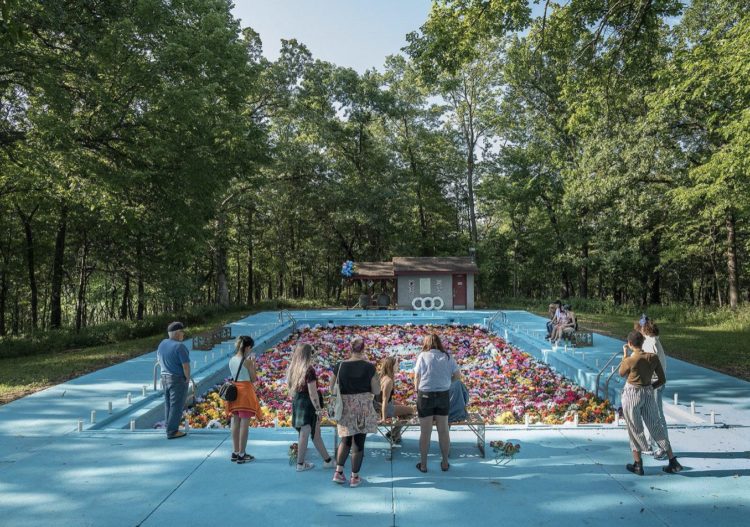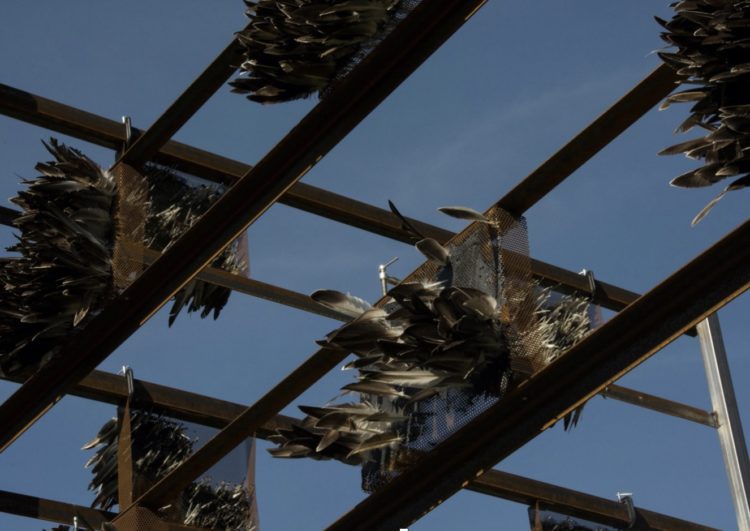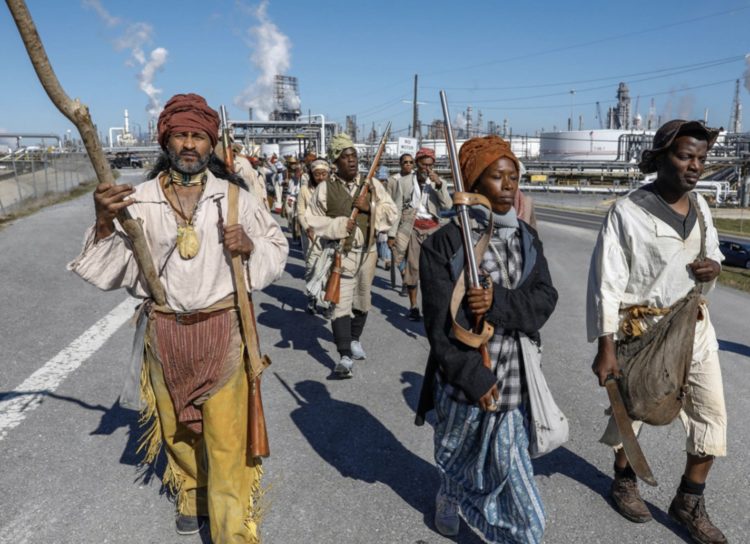My nonprofit venture KODA’s inaugural public programming reflected our commitment to artistic and professional growth of mid-career artists. The Professional Development for Artists symposium was organized at FiveMyles and hosted by Sheetal Prajapati, a Brooklyn-based educator, artist, and founder of boutique consulting agency Lohar Projects. Prajapati asked the question “What do artists need from a residency program?” Participants shared experiences and recommendations for a social practice residency, before diving into three seminars led by Daniel Sharp, Kenseth Armstead and Dread Scott.
Sheetal Prajapati, Future of Artist Residencies
A Kickstarter for Artists
Daniel Sharp shared insights on how to launch and run a successful Kickstarter campaign. Kickstarter’s mission is to “bring creative projects to life” and their definition of creative is very broad, as they recognize that creative projects are under threat and need financial support. To date, over 176,000 projects have been funded, amounting to over $4.7 billion raised in total, including $233 million in the arts.
Daniel Sharp, Kickstarter for Artists
The most important ingredient for a successful Kickstarter campaign is a compelling story. Successful projects go beyond just the dollar amount. They engage people, they share something with others, and they give back to the community. Sharp spoke about such successful examples as Ebony G. Patterson’s Called Up. The artist raised $21,095 to revitalize one of the first pools that were desegregated in America. The remaining funds were donated to the Parks Association in Kansas City, for the maintenance of the monument.

The most successful goal size is $10,000 or less, and the goal must be met. The “all or nothing” principle keeps the crowdfunding campaigns “honest, compelling and urgent.” Kickstarter, which charges a 5% commission, works with the artists to set a realistic goal and the most suitable rewards levels. They also help in strategizing for audience growth. Some questions that aid planning and funding are: Where will the funds go? Does the artist already have a part of the budget secured? What are the project risks?
In his former role as the Arts Outreach Lead at Kickstarter, Sharp focused on public art, political art, and photography projects. Kickstarter Arts coaches projects from inception to closure. Sharp was formerly the founder and curator of a university public art organization, D/ART, in Ann Arbor, Michigan, and is published in the Agora Journal of Urban Planning and Design. His music and art deal with techno, public space, and suburbia.
Public Art Proposals
Kenseth Armstead led a session on developing site-specific public art proposals. His very first awards were the Skowhegan residency and the Whitney Museum’s Independent Study Program, which made him realize he had some luck and talent at making proposals. Ever since, his success rate has been a steady 20%, and the work that goes into it is about getting organized, securing the right content, and having a proper consideration of the public space.
Kenseth Armstead, Public Art Proposals
Armstead spoke of the importance of continuous growth. “Even as an artist you must constantly know new things,” he said, adding that it was important to take time every couple of years to reassess your work. This might mean departing from drawing to making installations. He encourages artists to take control over their own careers, especially since the average career of an artist is longer than the average lifespan of an art gallery.
The Master Work: Astoria Houses, Building 24 installation example detailed the site-specificity of a public art work, and the natural way the community engaged in creating and maintaining the work. The artwork mimics the outline of a single tower of NYCHA’s Astoria Houses—visible from the Socrates Sculpture Park—forgotten by many new, neighboring institutions. Armstead, who lived in public housing for part of his life, surfaced the issue of gentrification by putting “the [public] housing that was erased (…) in the center of the cultural space.”

Armstead has been creating provocative conceptual art for three decades. His work has been included in pivotal explorations of history, American culture, ethnicity, and institution defining moments. His newest public artwork coming up later this year in Harlem is entitled Boulevard of African Monarchs (2020). It was commissioned by the NYC Department of Transportation and the Marcus Garvey Park Alliance.
Community Engagement
Dread Scott shared his community engagement journey and led with some examples. By opening the process up to the community, it makes specific groups of people part of the process, production, planning, funding and distribution. Such projects might be initiated within the community of an artist, or within another community, but with a shared interest, for example, in representing the specific cultural or political issues of that community.
Dread Scott, Community Engagement
Particularly when working with organizations that might have opposing agendas, the artist must be clear about the mission of their project. One of the many examples of mission-driven initiatives Scott shared was Jackie Sumell’s Solitary Gardens project, which was initiated in New Orleans. The artist, activist and prison abolitionist, engaged communities to create flower beds in the size of solitary confinement prison cells. And, the prisoners had a chance to be productive in society and communicate with the outside world, by deciding what was planted in the flower beds.
Slave Rebellion Reenactment (2019) was a community engaged project “about Black joy, Black liberation and freedom.” It took six years to prepare, and it turned into a two-day event. 300-350 Black and Indigenous people marched for 26 miles, in 1811 costumes with “machetes and muskets and sickles and sabers,” through former slave labor camps and sugar plantations, that are now oil refineries and other contemporary urban landscapes. Research, planning and budgeting were a significant part of the project and helped shape its mission. Part of it was about undertaking clearly defined partnerships.
Scott makes revolutionary art to propel history forward. He became part of a landmark Supreme Court case when he and others defied the just enacted Flag Protection Act of 1989 by burning flags on the steps of the U.S. Capitol. Through his newest work created in lockdown, Emancipation Proclamation (2020), he continues the fight for Black liberation.
Videos of professional development for artists seminars are available on
https://www.kodalab.org/professional-development

